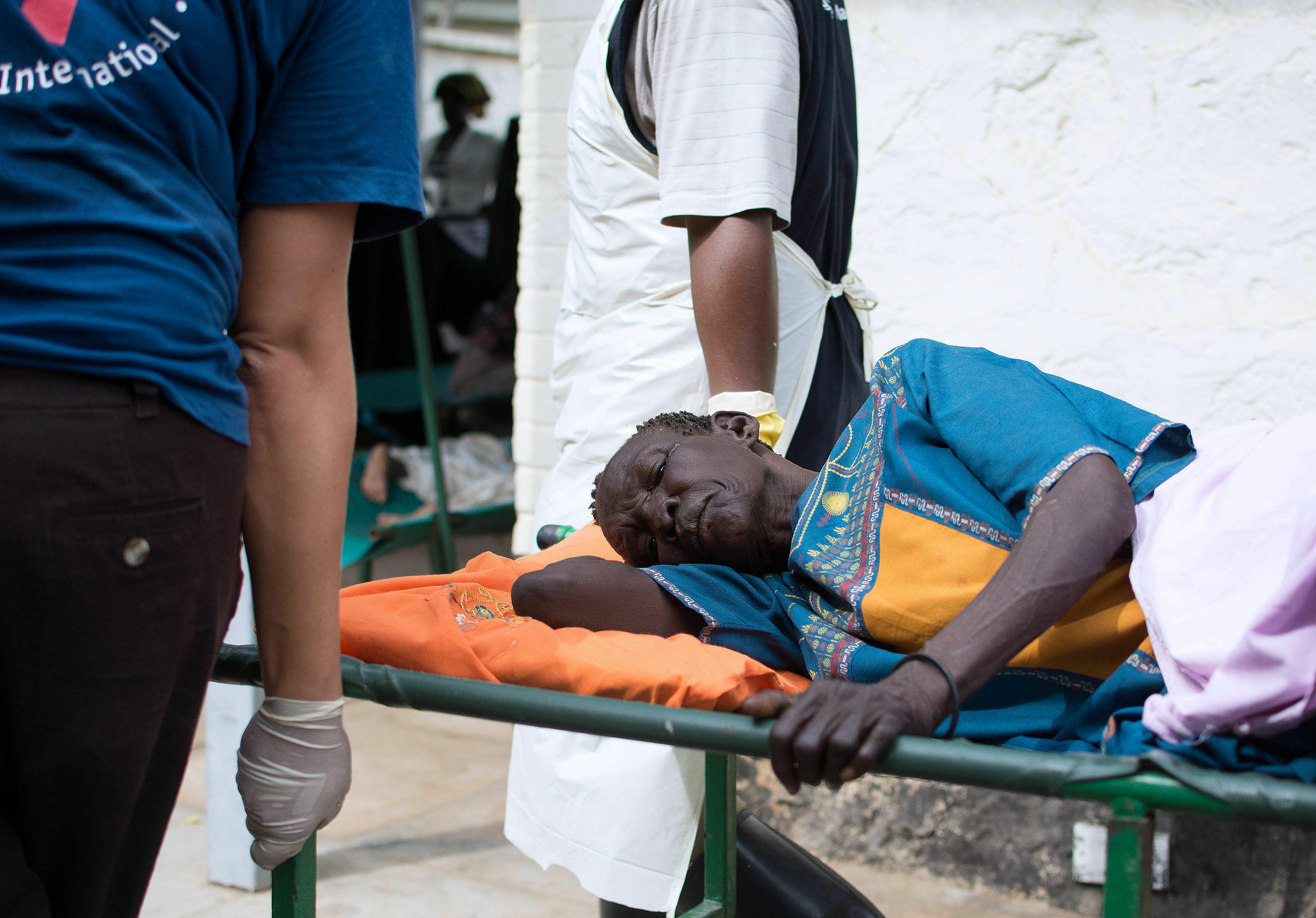
We live in an age of tragic health paradoxes. Mass immunization campaigns have eliminated entire diseases, but children in countries like Haiti and Bangladesh continue to die of easily treatable diseases caused by common pathogens. Globalization has lifted millions of people out of extreme poverty, but has left them exposed to the non-communicable diseases of the post-industrial age – from diabetes to heart disease – in countries that lack the resources to treat them.
Underlying these paradoxes is yet another: the vast majority of health research is conducted in wealthy economies, but the vast majority of the global public-health burden falls on low- and middle-income countries. There is something grossly inefficient – even immoral – about this allocation of resources, which undermines the development of health solutions for those who need them most.
To be sure, it was possible to address the first generation of global development problems with straightforward transfers of capital and solutions from rich to poor countries. Examples include programmes to boost primary-school enrollment and, in public health, mass immunization campaigns.
But the new generation of development problems, from the quality of education to child deaths from treatable diseases, will not be so easy to resolve. They demand long-term capacity building and knowledge transfers from rich to poor countries, with the latter gaining far more agency in developing solutions.
In other words, the focus of global public-health strategies and investments should shift toward reducing the structural disparities between rich and poor countries, in terms of their capacity for medical research and public-health implementation. This mission – which, I would argue, should be the main goal of global public-health efforts today – would entail a central role for institutions like the International Centre for Diarrhoeal Disease Research (icddr,b), based in Dhaka, Bangladesh, where I work as a scientist.
As it stands, most global public-health activities involve researchers from advanced countries leading local teams in developing countries. While this is better than imposing ready-made solutions on the developing world, as occurred during the Cold War, it is not good enough. Medical research and policy implementation in the developing world must be led by researchers and specialists from low- and middle-income countries – people who can combine cutting-edge scientific expertise with an intimate understanding of local contexts.
The value of developing-country-led innovation has been demonstrated time and again. Over the last 15 years, scientific innovations spearheaded by developing countries contributed significantly to progress on the United Nations Millennium Development Goals (MDGs), particularly those related to global health.
The contributions of icddr,b alone are enough to prove the value of developing-country health innovation. The institute’s researchers carry out innovative and complex science, from classic clinical trials and epidemiological studies to behavioral-modification trials aimed at reducing the spread of infectious disease – with remarkable results.
An iconic example of icddr,b’s work is oral rehydration solution (ORS), a simple balanced solution of sugar and salt administered orally to people suffering from diarrhoeal diseases like cholera. That solution, which icddr,b played a central role in developing, has prevented an estimated 40 million deaths globally since the 1960s, and has been called one of the most important medical inventions of the twentieth century.
More recently, my team and I developed a new low-cost system for delivering “bubble CPAP” (continuous positive airway pressure), which keeps air flowing during the process of treating severe pneumonia. Trevor Duke, Director of the Centre for International Child Health at the Royal Children’s Hospital at the University of Melbourne, also participated in the project.
Our version of bubble CPAP, which uses cheap and readily available materials like plastic tubing and shampoo bottles, proved in trials to be more effective than the standard low-flow oxygen therapy recommended by the World Health Organization. Following the trial, the Dhaka Hospital of icddr,b implemented the new low-cost bubble CPAP, instead of the WHO-recommended therapy, as part of standard treatment of children with pneumonia. Since then, the death rate for bubble CPAP-treated patients has fallen from 21 per cent to just 6 per cent.
These remarkable successes stem from the fact that icddr,b researchers – most of them Bangladeshis who trained abroad – are well acquainted with the problems they are trying to address. They understand what it means to face severe – and, to some extent, insurmountable – resource constraints.
The 15-year MDG experience made clear the indisputable potential of developing-country innovation to advance public health. Fortunately, world leaders seem to have taken that lesson to heart: the Sustainable Development Goals – the ambitious post-2015 development agenda adopted at the UN last September – are premised on the idea of local ownership.
But, despite vocal support for locally led research and development, severe constraints to developing-country innovation remain – and must urgently be removed. Unsurprisingly, the tightest constraint is the lack of resources, both human and financial. To ease it, developed and developing countries must now work together to ensure adequate investment to support local efforts reliably and sustainably.
With adequate support from local and international financing mechanisms, more innovation hubs like icddr,b could emerge and flourish in poor countries. By advancing knowledge sharing and technology transfer, these hubs would enhance cooperation among developing countries, and help us finally overcome the persistent and tragic disparities that plague global health.
Health innovations developed in the world’s poor countries have passed the test of scalability and applicability in the places that need them most. With the majority of the world’s population living in resource-challenged settings, we must recognise – and invest in – the efforts of those who are pushing the frontiers of medical science in the developing world. - Project Syndicate